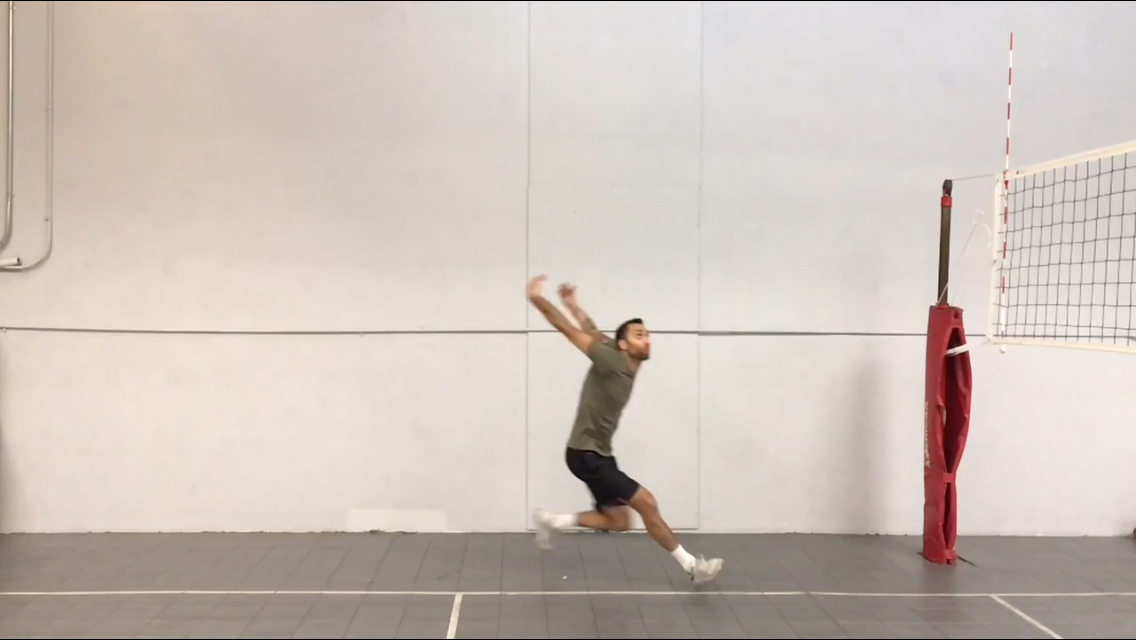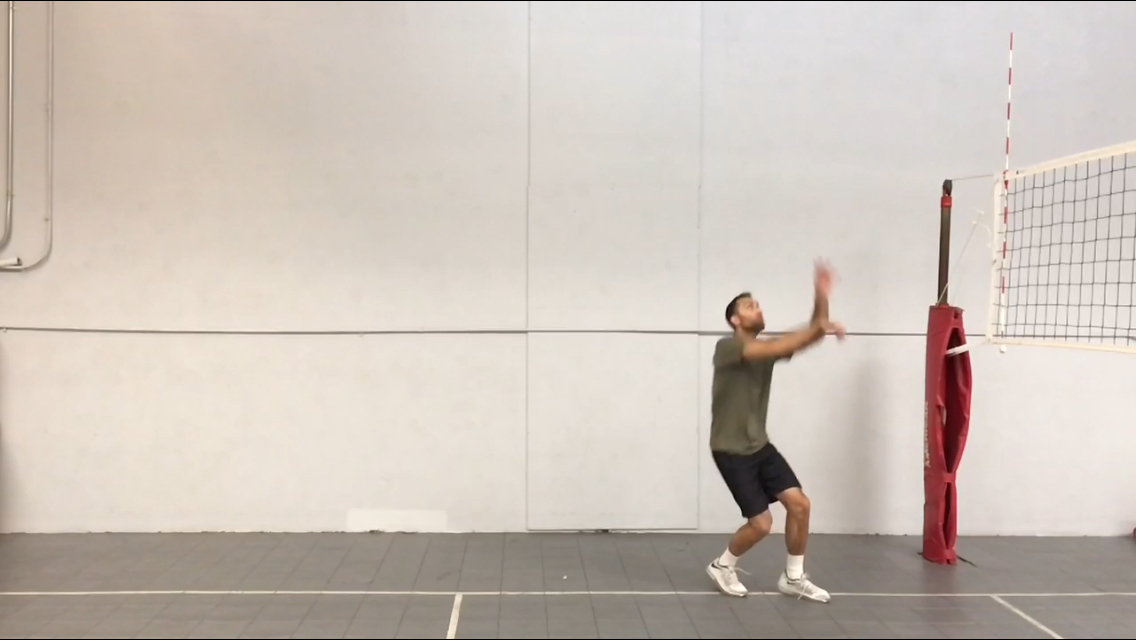The Approach - Torq Volleyball Tutorials
Isaac Kneubuhl, former USA Men’s National Volleyball Team member, has the keys to the approach for any outside hitter to help you gain speed and momentum for a precise and powerful kill. Check out the video.
The approach is an essential aspect in the success of any great attack. It directly impacts a hitter's ability to effectively time a set, generate enough upward momentum at takeoff, and properly position their body in the most advantageous position to generate rotational force or torque, which we know is the most efficient way the human body produces peak arm velocity. For an outside or opposite hitter, the approach takes on even more importance, as the athlete needs to build speed and momentum over greater distances. The difficulty levels also rise as the speed, height, and location of a set tends to vary the further it needs to be pushed, making timing a bit tougher and often requiring the player to make adjustments.
As with every skill in the game of volleyball there is going to be some individual variation, but there are always common movement patterns that the best players do that younger athletes should emulate. A four-step approach is fairly universal at the elite levels, allowing attackers to build speed and momentum with relative ease. The speed and length of their steps increases as they get closer to the ball (with the exception of the fourth, as we refer to the third and fourth steps collectively as the step close). In simple terms we want to think of the approach as follows:
- Step Speed - Slow to Fast
- Step Distance - Small to Large
Generating upward momentum or vertical lift is largely dependent on how explosive an athlete can be with their step close (third and fourth steps). During this extremely short, but crucial part of the approach, the athlete should take advantage of the countermovement jump and double arm lift, which are directly tied together. A countermovement jump simply refers to rapidly flexing and extending the trunk, while simultaneously flexing and extending the knees, something that we most of us do naturally when we attempt to jump as high as possible from a standing position. As our trunk flexes or falls forward, our arms can go through a greater range of motion, which means more time for them to generate upward momentum.


